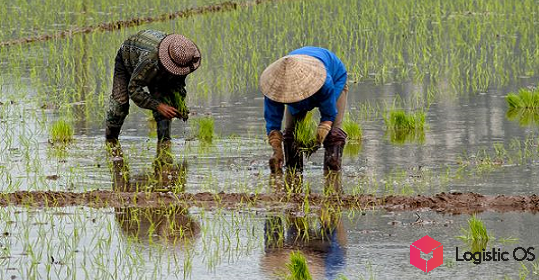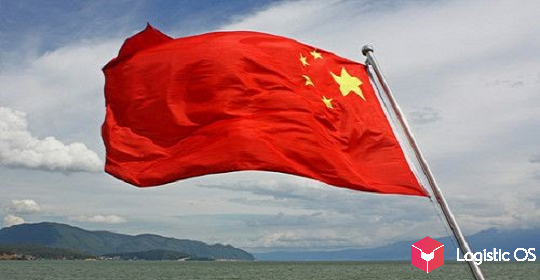Despite the fact that Russian farmers have a huge potential, at present they have hit the «ceiling» of development — logistical problems.
Difficulties arise at almost all stages of the life cycle of a crop after harvest:
Storage and processing. About 70% of the crop needs to be stored and / or processed, it is only possible to sell it in small quantities during the season. There is practically nowhere to store it. It comes to the point that sometimes farmers come to the logic of «field — free storage» and do not rush to dig or harvest as long as possible. Loss of yield from lack of storage reaches 1/3. For example, in 2019-2020. potato losses were double that of imports.
Transportation. In some regions of the country, prices for a range of agricultural products are 5-10 times higher than in others. The only reason is the difficulties with logistics.
Sales. In 2006, there were approximately 5.6 thousand markets in Russia and 1.2 million places in them. In 2020, there will be a total of 911 markets and 251 thousand locations. Producers often simply have nowhere to sell their crops. And large chain stores prefer to work with large suppliers.
Where are these problems?
Dependence on imports. It could be removed if the crop was not lost due to lack of storage facilities.
Prices are high. They would have been lower if the harvest had not been lost.
Low production profitability. It forces farmers to cut production or leave the market altogether.
How to solve logistics problems?
The solution could be the construction of wholesale distribution centers (ORCs).
They already exist in developed countries. Such centers have a lot of functions:
Reception and storage of products.
Organization of its transportation.
Recycling.
Sale, both wholesale and exchange. A fair is often located nearby.
A good ORC looks like a business center. There are conferences and exhibitions, deals are made, guests are accommodated in rooms and dine.
In Europe, such centers not only exist, but have also become network centers. For example, the Italian network unites 23 centers, the French — 19. And it is through the USC that up to 90% of the turnover in the agro-industrial complex passes.
In Russia, the construction of such facilities has not even begun at the global level.
Although individual agricultural producers are opening their centers, this does not come close to the level needed to solve a systemic problem.
Who will build and where to get the money is a big question. After all, the recoupment of such objects is very long-term.
However, until such a network is created in Russia, the development of the agro-industrial complex will inevitably be slowed down.

